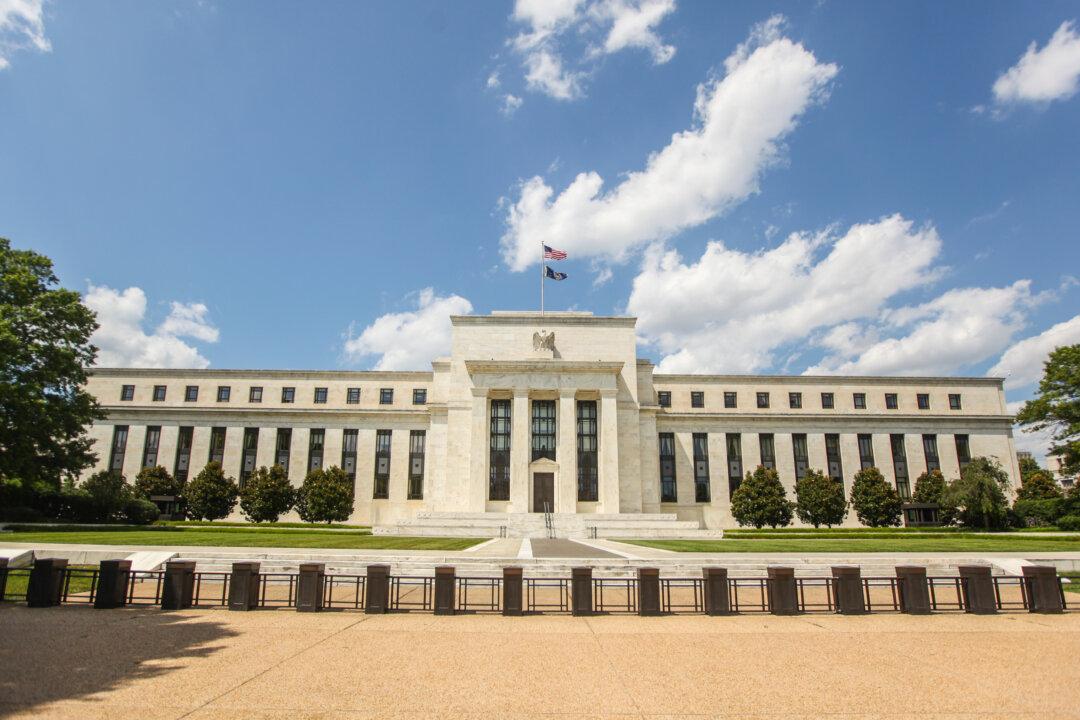After the financial crisis of 2008, American consumers had to grudgingly get used to receiving no interest income on their savings accounts. Many thought—and still think—that this will soon change with a recovering economy.
If the trends in Europe and Japan are any indication, however, and people like former Secretary of the Treasury Lawrence Summers have their way, savers will soon have to pay for putting money in the bank.
Most experts agree that the monetary experiment of having a negative rate of interest will come to the United States sooner rather than later. So before you have to pay for keeping money in the bank, Epoch Times looks at the real reasons for implementing the policy and the possible effect on you and your retirement.
The Reasons
Central bankers are obsessed with inflation. The Federal Reserve has the official target of creating 2 percent inflation every year in its mandate and says it’s good for the economy: “Although most Americans apparently loathe inflation, Yale economists have argued that a little inflation may be necessary to grease the wheels of the labor market,” Federal Reserve Board Chair Janet Yellen said years ago in a speech at Yale University.




